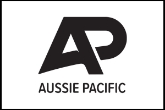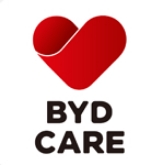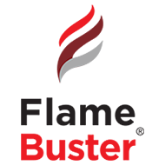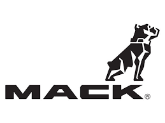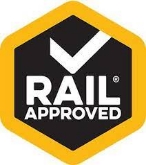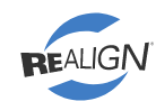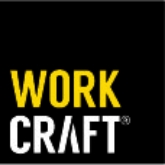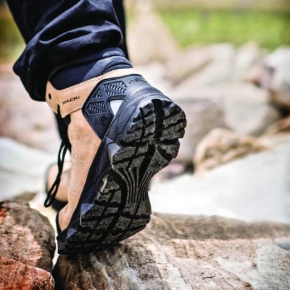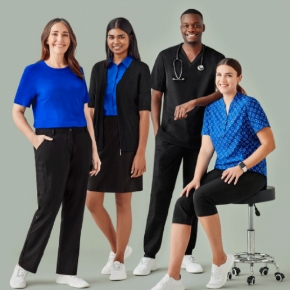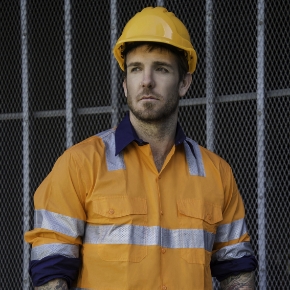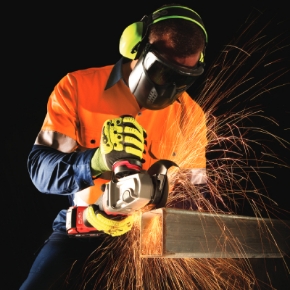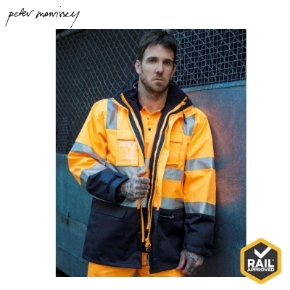
Originally published by the Australian Institute of Health & Safety
While mining industry operators have experienced significant reductions in serious safety incidents through critical control management, there is still room for improvement as organisations learn the most effective ways to manage risks through the approach.
“Over the past decade many in the mining industry have adopted critical control management as a process for managing the risks of material unwanted events,” said Maureen Hassall, professor and director of the Sustainable Minerals Institute’s Industrial Safety and Health Centre at the University of Queensland.
Results have demonstrated that, when applied with some discipline, significant reductions in actual and potential fatality events can result.
However, she said it has been and continues to be a journey of continuous improvement for most organisations as they seek to embed the approach in their businesses in a manner that sustainably delivers zero fatalities.
“One of the key lessons learned from this journey being clear as to what constitutes a material unwanted event which should be managed through the critical control approach,” said Hassall, who was speaking ahead of the AIHS Perth Safety Symposium 2024, which will be held at The Ritz-Carlton Hotel on Friday 15 November 2024.
Initially, she observed that companies took one of two approaches: to apply it to catastrophic or multiple fatalities risks only, or to apply it to all events with the potential of one or more fatalities.
However, even though the nature of the two types of events are different, only applying the approach to multiple fatality events created issues – especially for the management of single fatalities, which are a major problem for the industry, she said.
“Now leading practices apply the approach to events that could cause multiple and single fatalities, however, the process of verification of the critical controls differs to capture the nuanced differences between the catastrophic and single fatality events.”
Another key lesson learned in the application of the critical control management approach has been around the establishment of the bowties and the selection of the critical controls. “Some chose to select critical controls without doing quality bowtie analysis. Some chose to do bowties and critical control selection from bottom-up and some chose to do it from top-down,” she said.
“The bottom-up approach involved having sites generate bowties and select critical controls, which were then reported to corporate. This created variances across a business that was difficult to verify and/or justify in terms of controlling and understanding the true effectiveness of controls in preventing fatalities.”
Conversely, she said the top-down approach involved having a representative team from across the business develop corporate bowties and select and specify the critical controls which were then disseminated throughout the business to implement.
“This allowed for consolidated reporting and analysis, however, often the intent and understanding were not transferred from central team to sites, so quality of implementation and verification were not as good as they could have been,” she said.
The leading practices represent a hybrid approach, in that they are based on the fact that the risks and the controls associated with most fatality type events should be well-known, so organisations can use generic industry reference bowties for the commonly occurring fatality risks and tailor them to site context and wording.
Hassall also said many organisations have learned the importance of having a worker-centric system design.
“Many organisations created a system that targeted collecting, collating and reporting verification data. However, the requirement for frontline monitoring and the implications of the number and phrasing of the questions has not been tailored to suit frontline workers,” she said.
“Frontline workers are the ones that are exposed to the fatality risks. They are the ones in harm’s way and the people who get hurt if these risks are not controlled. It is crucially important that they know what the controls are, know how to check the controls, know what constitutes a deviation from acceptable control performance and know how to respond to deviations.
“So it is important that the critical control programs adopted have a worker-centric system design.”
At present, Hassall said leading companies are looking closely at the minimum number of questions and the most appropriate wording for those questions to help frontline assess the performance of the critical controls and for the organisation to extract valid measures of control effectiveness.
“Overall, the critical control journey can help companies achieve and sustain zero fatalities,” said Hassall, who explained that the critical control management approach comprises key attributes that differentiates it from other risk management activities.
First, she explained that the critical control management approach advocates the use of quality bowtie analyses to ensure all causes and consequences of material unwanted events are identified and controlled.
Second, it applies the stringent definition of what should and should not be accepted as a control derived from the Australian Coal Industry’s Research Program (ACARP) research. “In doing so it also differentiates controls from control support and control verification activities,” she said.
The International Council on Mining and Metals (ICMM) critical control approach also differentiates controls from critical controls, which Hassall said are the ones deemed crucial for preventing fatalities.
“This more stringent approach to control selection and critical control nomination provides clear transparency and high priority given to the critical controls as these are the ones deemed crucial for preventing fatalities,” she explained.
Fourth, Hassall said it advocates that control performance is specified in a manner that can be measured and highlights what good control performance looks like. “This allows for the controls to be monitored, measured and their effectiveness verified,” she said.
Lastly, Hassall said it also advocates that critical controls get an independent double-check process whereby the frontline checks the controls and managers independently verify control performance, that frontline checks are being done and determine the effectiveness of the control at mitigating the risk.
By way of background, in 2013 the ICMM conducted an analysis of its members’ fatalities and found that the top factors for these incidents were “people not properly identifying risks, controls not being in place, or the controls not being effectively implemented or maintained”.
The council subsequently commissioned research to develop an approach to assist in managing high consequence, low probability risks and to ensure workers are protected from the risk of future fatalities, serious injuries and serious disease.
The research uncovered a need for a complementary approach to risk management based on critical control implementation, verification and assessment of effectiveness.
The underpinning research work to develop an approach was led by Professor Jim Joy from The University of Queensland’s Minerals Industry Safety and Health Centre which leverages the ACARP Selection and Optimisation of Risk Control research led by Hassall.
This work led to the publications of two guidelines by the ICMM, the Health and Safety Critical Control Management: Good Practice Guide and the Critical Control Management: Implementation Guide.
Hassall will be speaking at the AIHS Perth Safety Symposium 2024 about “Don’t sweat the small stuff: Focusing on critical risk control to improve WHS risk outcomes regardless of the industry”. The symposium will be held at The Ritz-Carlton Hotel on Friday 15 November 2024 from 9am to 5pm. For more information, email events@aihs.org.au, call (03) 8336 1995 or visit the event website.






